In the 2010 AHA Guidelines for CPR & ECC, the latest scientific research emphasized chest compressions as a key component of CPR in the Chain of Survival. Recently, I learned about one of our team’s first-hand accounts of saving someone’s life because he performed high-quality CPR with proper chest compressions. I hope you find this story as inspiring as I did.
Working as an emergency room nurse, Jeremy Dymond had performed lifesaving CPR countless times during his career. But it was a patient with a pulmonary embolism who showed Jeremy just how crucial high quality chest compressions – the cornerstone of successful CPR – can be in saving a life.
A patient in his mid-40s was complaining of chest pain and difficulty breathing, and paramedics alerted the emergency team at Methodist Charlton Medical Center as they were in route. Just as the man was being taken out of the ambulance, he went into cardiac arrest. Working with a team of a half dozen staff from the hospital’s Emergency Department, Dymond began performing chest compressions to keep the blood pumping to vital organs, making sure to press deep enough and fast enough to be effective.
After about a minute-and-a-half of compressions, the patient’s heart restarted, and the team began preparing to move the man up to the hospitals intensive care unit. Less than two minutes later, his heart stopped again. After another minute-and-a-half, the patient was revived, only to go into cardiac arrest a few minutes later. It was an unusual, and frustrating pattern that repeated itself five times before the patient was stabilized. A CT Angiography scan revealed the patient had experienced a massive, but single pulmonary embolism, which blocked the two arterial branches leading to the lungs and caused the cardiac arrest.

The patient was able to leave the hospital two weeks later without any adverse damage to his organs or brain function, nursing only broken ribs. The experience underscores the importance of high-quality CPR, which prioritizes compressions that occur deeply and quickly enough. Research has shown that effectiveness of CPR can be improved when good technique is employed.
More than a half-million children and adults suffer cardiac arrest each year in the United States, but survival rates vary widely – from 3 percent to 16 percent – when cardiac arrest occurs outside a hospital, and from 12 percent to 22 percent when it occurs in a hospital.
“If I hadn’t compressed deep enough, the patient likely would have died,” said Dymond, who now works as a Senior Product Manager for AHA’s Pediatric Advanced Life Support (PALS) and Pediatric Emergency Assessment, Recognition, and Stabilization (PEARS) products.
The experience also demonstrates the importance of the Chain of Survival, or the linking of key emergency cardiovascular care systems.
Thank you, Jeremy, for doing lifesaving work both at AHA and in your role in the hospital!


Awesome story, thanks for sharing!
This is a very inspiring story!! This a great story with a truly happy ending thanks to you and to quality CPR
Way to go Jeremey!
Very nice story. Way to go Jeremy!
I agree, CPR save lives, thanks AHA.